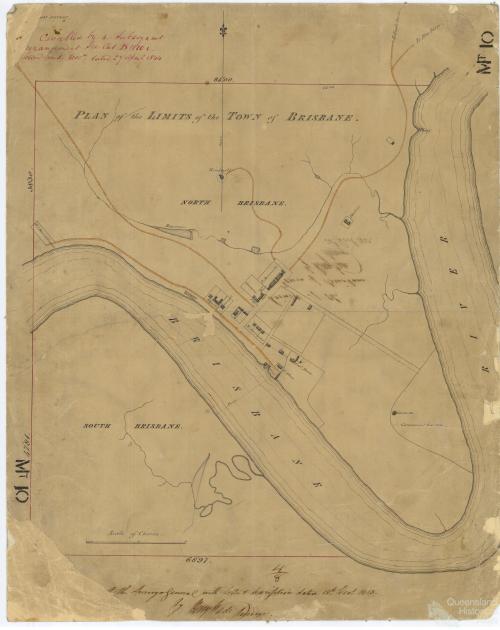Hello placeblog and placing. It’s been a while … With the PhD completed, I am turning my hand to other types of writing about and exploration of cities and infrastructure. I’ve been interested in infrastructure histories and geographies for a while. I recently looked at Timothy Moss’s book, Remaking Berlin: A History of the City through Infrastructure, 1920-2020. It prompted me to consider how a history of Brisbane – or any Australian city – focusing on its infrastructure development might come together. How has this contributed to or made the ‘infrastructure turn’? It would make a worthwhile project as I consider the ways in which ideology, markets and planning have skewed the governance of the city towards megaprojects. How do these histories contribute to the challenges of sustainable transitions, which I am most interested in. Moss’ work is focused on a socio-technical approach to examine continuity and change in Berlin in a century of dramatic events and shocks. Another work I much admire is Jo Guldi’s Roads to Power: Britain Invents the Infrastructure State in which she explores the emergence of the infrastructure state in the UK with massive roadworks in the 18th and 19th centuries.
I am making a tentative beginning to scope this idea further using the Moss book as a guide but also other works which explore infrastructure histories. Another approach might be to consider the socio-technical dynamics of specific infrastructures and recount the history through specific projects or initiatives ie a history of Brisbane in 10 infrastructure projects. However, infrastructures are networks, not merely projects, that have scope and scale across time and space.
As a colonised nation, all built works in Australia play a role displacing, dispossessing and oppressing Indigenous peoples. Brisbane is built on Yuggera and Turrbal country, destroying much of the livelihood, settlements, habitat and ecology that prevailed for tens of thousands of years before the convict settlements in Redcliffe in 1824 which was relocated to Brisbane in 1825. Infrastructures, like fish traps, river crossings and tracks, existed prior to the incursion by non-Indigenous settlements across the nation. This is a major challenge for planning, which of late purports to engage Indigenous perspectives, as all planning occurs in, on and of unceded (usurped) land. The planning project, as it emerged in the early to mid 20th century, is inherently colonial. Small gestures to Indigenous perspectives and knowledges are vapidly insufficient when planning requires radical remaking. Infrastructure can often articulate a city or a plan’s brutal intentions even when they propose to provide services to citizens, modernise the city or connect the city. We know these aspirations are realised and experienced unevenly and unfairly.
Infrastructures change cities, they change government, they change us. Infrastructure governs us and we govern infrastructure. How then to consider the possibility of a history of the city through infrastructure construction. How to connect the social, political, ecological, technological and spatial across time? I’ve often mentioned that my father worked as a rigger and linesman on high tension power lines across Australia in the post-war period. This infrastructure is so much part of the story of this nation.
As I read a potted history of Brisbane, I note Henry Wade’s 1843 city plan which plotted the ferry crossing to South Brisbane, saw pit, hospital, survey office, post office, gaol, police barracks, church, factory, Government House, wharf, government garden, and old burial ground. Much of this is infrastructural. It included wide streets providing for horse drawn vehicles and pedestrians, the early construction and then reconstructions of the Victoria Bridge which is now transitioning to an active and public transport crossing, the construction of the immigration hostel, the introduction of electric lighting, the introduction of trams and trains, the William Jolly Bridge and the introduction of private cars and the proliferation of motorways which saw the end of trams, the investments in power stations, the introduction of sewerage connections and treatment … etc. Smaller stories about parks, gardens, pools and libraries also emerge. All long before the first city plan was accepted. There is much to consider about how social, scalar and infrastructural relations have developed in this sub-tropical place. The city is made on and with infrastructure.

What is important and makes this historical approach all the more necessary and useful, is the havoc wrought by climate change. In this city and region in the last decade alone, drought, flood, storms, tidal surges, fire and heat have impacted. Infrastructures contribute significantly to greenhouse gas emissions and ecological damage. This is a critical time in which infrastructure transition is pressing. Historical studies, while valuable in their own right, also have a role to play in mapping transition pathways, the topic of my PhD. Socio-technical transitions have occurred in our city, eg in transport, sanitation and waste management. Those transitions in transport are being countered by light and heavy rail megaprojects as well as active and public transport initiatives. With reference to Deanna Grant-Smith’s work on the unspeakable, sanitation is often unspoken. Many of the infrastructures which shape cities are long-lived although Moss is cautious to put too much emphasis on ideas of obduracy. These relationships challenge us to think deeply and urgently about the temporalities and futures of cities and infrastructures.
Posted on 02/04/2021
0